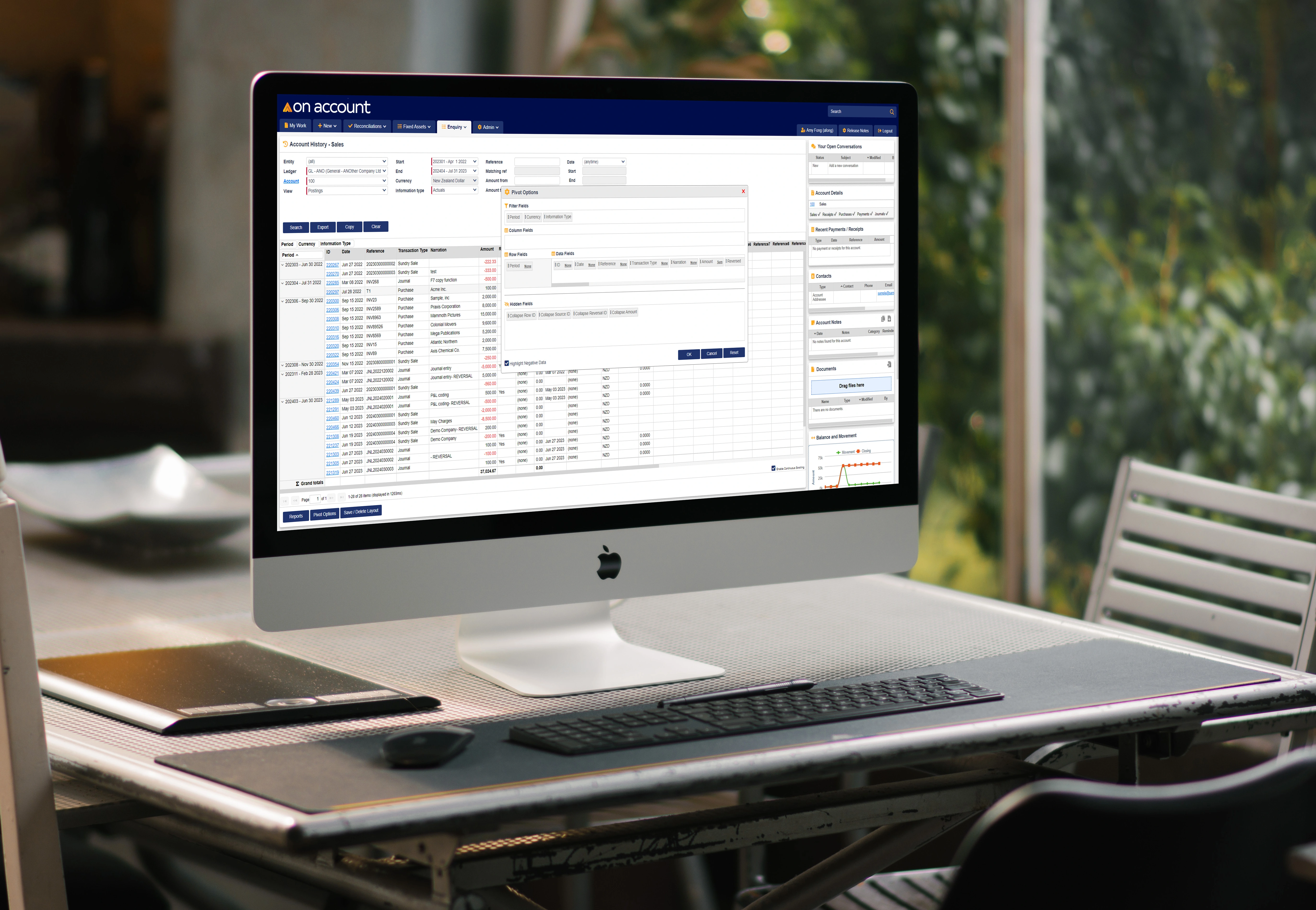The shipping industry’s shift to containerisation in the mid 20th century revolutionised the method of moving freight. This change challenged the use of technology to keep up and enhance the productivity required to move goods cheaper and faster.
A lot of engineering emphasis has gone into modern ships and port operations to reduce the cost and time needed to transport goods. In short, there is constant pressure on the shipping industry to keep upping efficiencies in order to compete.
The processing and communication of the information required by clients, agents, ports and customs authorities have also become more demanding as cargo volumes grow and the number of skilled workers becomes harder to find.
The ability to win business by lowering the freight rates and still make a profit is also diminishing.
Where does that leave us?
In this world of disruptive competition, how can you still carve out an edge and what options exist to attract new customers to do business with you?
Initially, the computerisation of manifests and financial needs focused on the internal needs of a shipping line and not necessarily the needs of the customer. Many customers are looking for more than just a cheap freight rate, they also want to service their own clients more efficiently to reduce their own internal costs and provide faster delivery of goods.
To find efficiencies, you need visibility across all of your business processes. Our shipping systems are the next generation of software systems that provide a fully integrated system using expert supply chain management techniques to process a customer’s shipment. This means that all stakeholders including the customer have visibility of every shipment, wherein the supply chain journey the shipment is, and what step is due to occur next. It also flags underperforming parties that may threaten delays to the shipment.
Workflow holds the key
Traditionally the workflow process within shipping agencies was very siloed with container control, bookings, manifesting and finance all working on a shipment separately and often in different applications or modules. With years of industry experience, our team felt that pain and decided there had to be a better way. Our shipping IT provides the ability to:
- Start at the sales level using budgets and forecasts of customer needs
- Create bookings from EDI, direct person-to-person exchanges, pre-bookings of clients expected requirements and use automated notifications to ensure clients are updated on any changes to a booking
Our shipping IT frameworks are a fully integrated end-to-end system and provide the benefits to ensure:
- The correct rating at the start of the shipment rather than at the time the documentation and invoice is required
- Easy and fast access to confirm space on a vessel
- The container equipment is available and has been sourced for the shipment
- The shipment is progressing through the supply chain at the right pace, without delays and all the supply chain lead times are met
- Transparency with all stakeholders: Information gathering and sharing occurs at the start and throughout of the process to eliminate delays and inaccuracies
- Clients have the opportunity to add activities that are outside of the standard requirements of the agency, e.g. pre-advices created and sent to terminals as part of the shipment process
- Every step of the way is monitored and exceptions raised when an activity or information is missing, irrespective of this being an activity of the agency, third party or the client.
By providing everyone (including the customer) with visibility to all aspects of the shipment, it ensures there are no hold-ups and provides the agility to make decisions on changes to the shipment faster and more accurately.
Our shipping system helps train the agency through a prescribed process along with the ability to escalate to management when a shipment is at risk of missing a key milestone. Providing that level of productivity and accuracy to customers means a more productive agency and having an edge to outperform the competition.
It’s possible to give customers what they want
As the number of lines decreases through acquisition or combined services, shippers are finding that they have far fewer options. This provides the smaller and agile lines with an opportunity to disrupt the big players by offering an agile service to these shippers without needing to compete on lower freight rates.
Key to the agile service in all the transport and logistics supply chains is the customer demand for visibility and optimisation. Additional customer demands to do everything quicker and with less human intervention, means the lines and agencies that are agile to make the shipment process easier and faster will thrive and outlast the rest.













